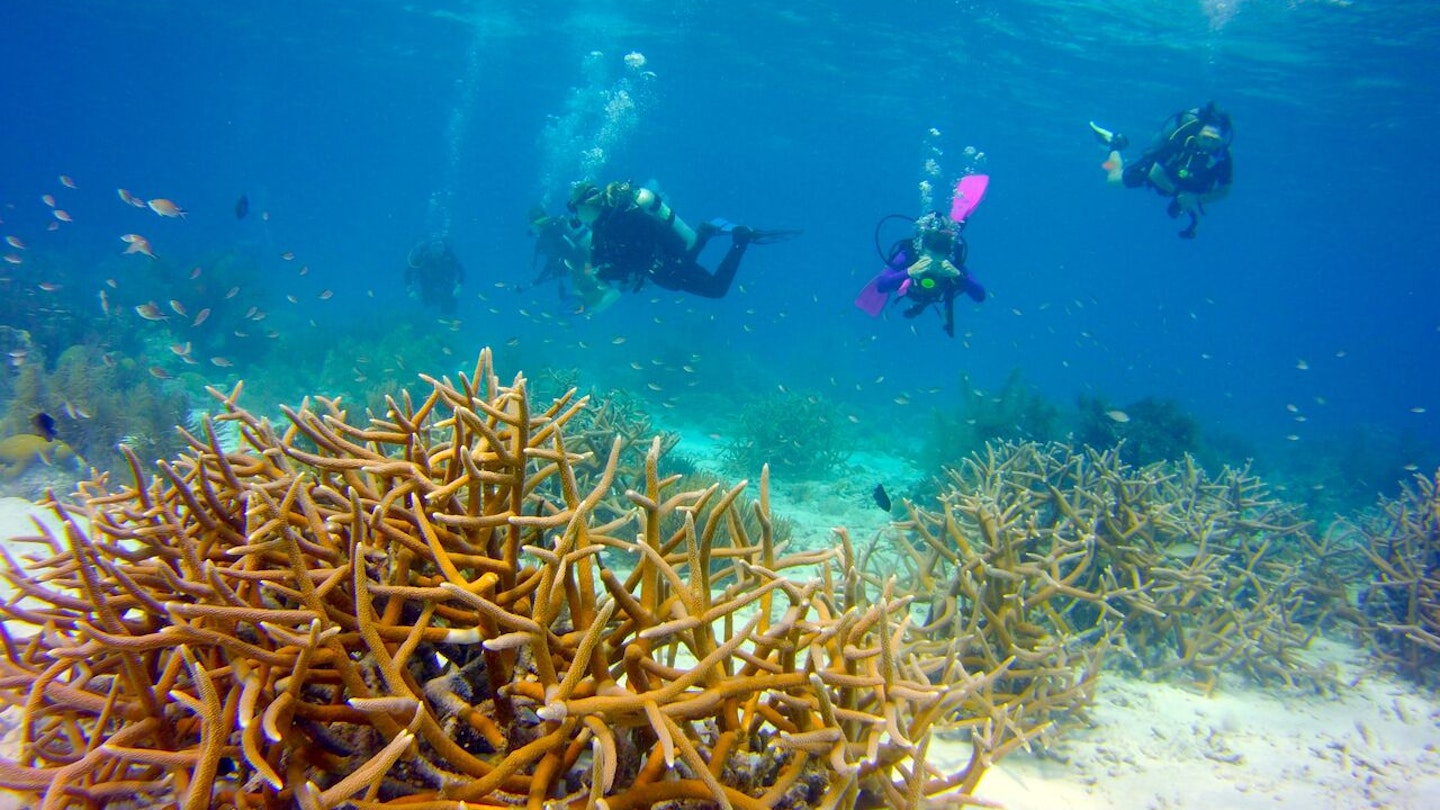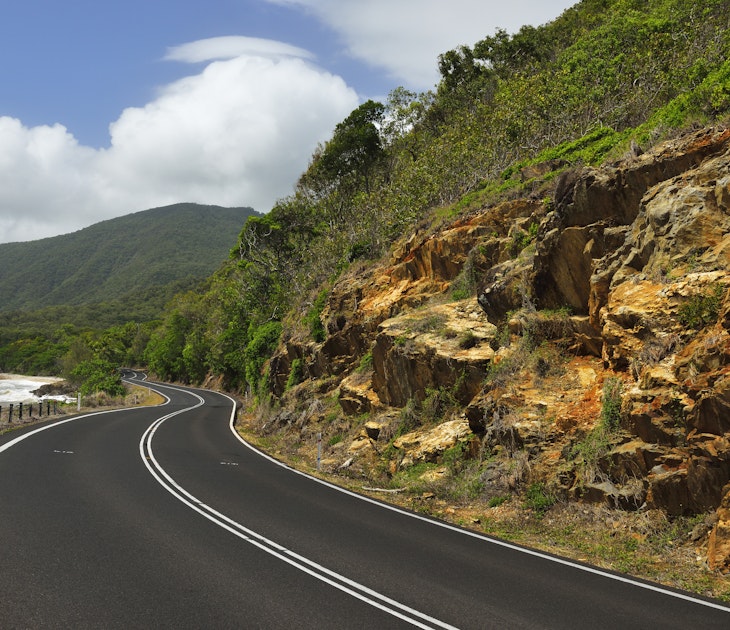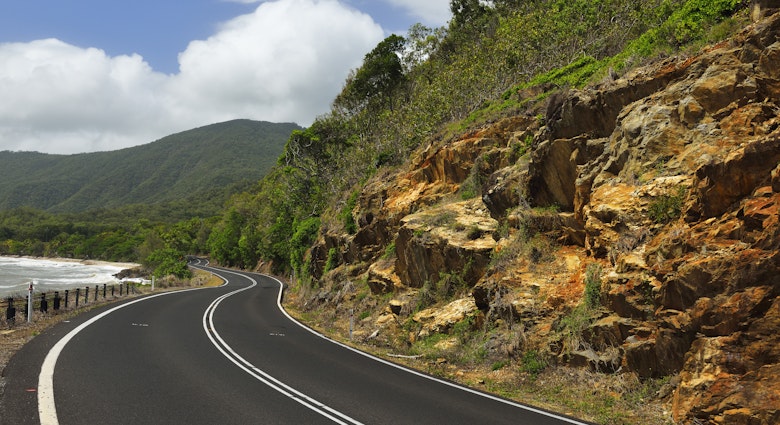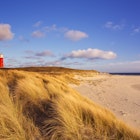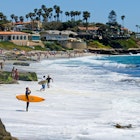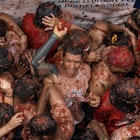Just 50 miles north of Venezuela and, importantly, well south of the Caribbean hurricane belt most prone to storms, lies Bonaire, one of the Dutch 'ABC islands' that also include Aruba and Curaçao. Uncrowded, peaceful and boasting 365 days of sunny skies, Bonaire is famously one of the world's most outstanding and kid-friendly destinations for water sports, especially diving, snorkeling and windsurfing.

Bonaire is rightly proud of its coral reef, which is far healthier than those elsewhere in the Caribbean. This is due, in part, to the reef's protection by the Bonaire National Marine Park, established in 1979, which surrounds the entire island from the high-tide mark to 200 feet of depth.
The 80-plus dive sites along this reef on the leeward, or west, side of the island are particularly well known for their easy accessibility – many within 100 feet of the shore – and calm, warm and sometimes breathtakingly clear waters make for ideal diving conditions for beginners and younger constitutions.
The calm environment means that snorkeling and windsurfing are options for children as young as five years old and official open-water dive certification is possible for anyone 10 and older, although introduction-to-diving sessions are open for ages five and up.
Also contributing to reef health is the island's relatively hurricane-free location. Direct hits by hurricanes on Bonaire are rare, averaging approximately one every 30 years. Even glancing blows are atypical, arriving once every six-and-a-half years or so, the last being in September 2016.
Add to these situational and climatic virtues the numerous family-friendly resorts and qualified dive operators catering to all ages and Bonaire is definitely the place to go with water-loving kids.

'I have been blessed to dive with kids all over the world and there is something truly special about Bonaire,' says Margo Peyton, founder of Kids Sea Camp, which encourages children and their families to explore beneath the waves and organizes family diving trips to Bonaire.
While Bonaire has its share of kid-friendly, land-based activities, nothing can distract from the surrounding sea and the many ways it delights.
Diving and Snorkeling
Diving anchors Bonaire's place on tourist maps. The island is widely considered one of the best dive spots in the Caribbean, and, for shore diving, perhaps the world. Most of the dive sites are reachable right from the coastline and drop straight into shallow sandy terraces and sloping walls with scattered coral heads teeming with life. The sheltered position makes it a perfect spot for divers of all ages and skill levels. (Only the few sites on the east coast have strong currents and high waves).
The snorkeling is just as thrilling and delivers a broad view of the coral reef and its many inhabitants – more than 470 species of fish. Even in just a few feet of water, there's a chance to spot turtles, rays, octopuses and even seahorses.
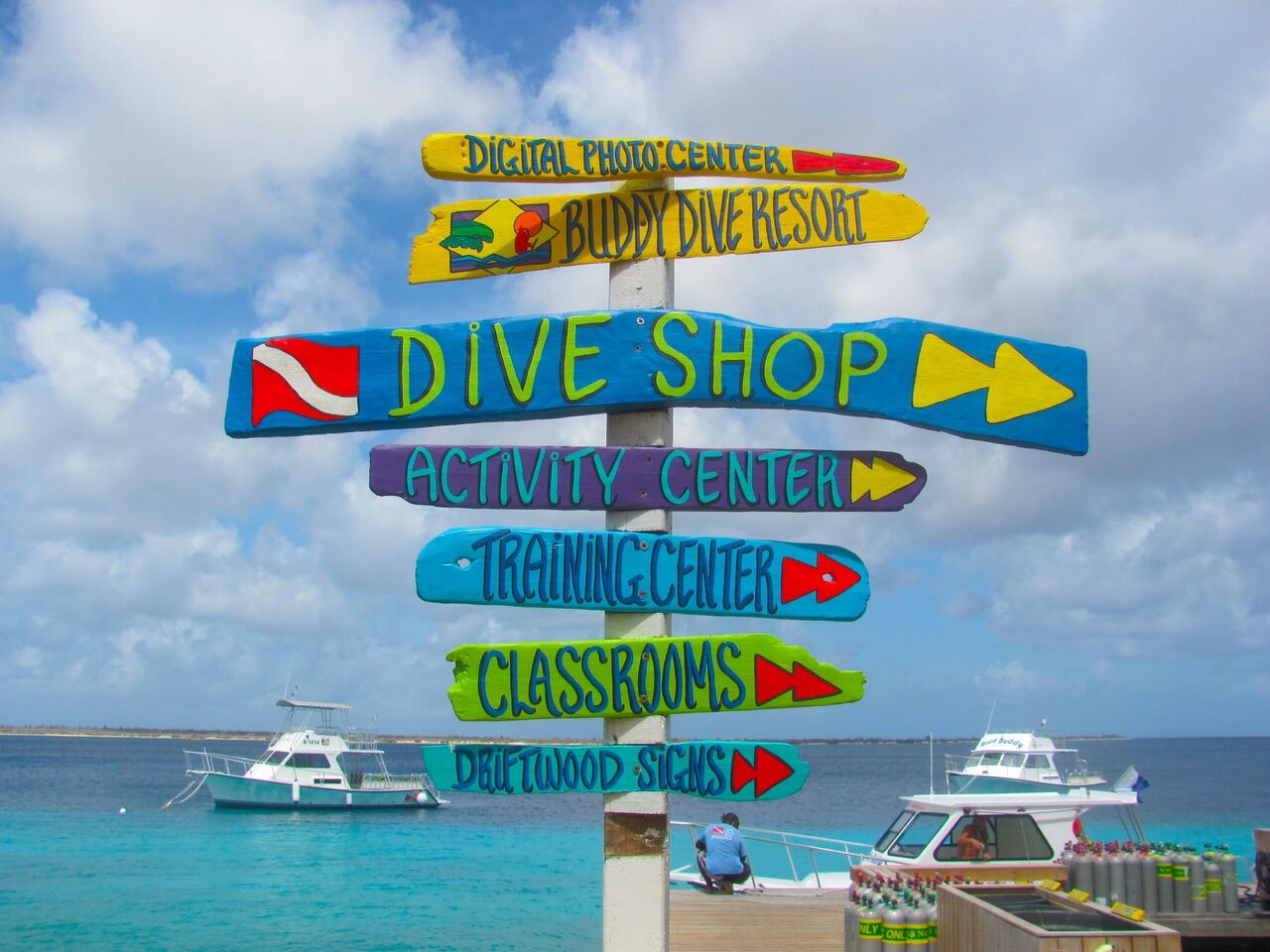
Water entry points for both diving and snorkeling are easily identified onshore by a roadside, yellow-painted stones sporting the sites' names.
For dive resorts and dive operators that cater to families, look to places like Buddy Dive Resort, which hosts Peyton’s Kids Sea Camp, and Dive Friends Bonaire. Both employ instructors and dive masters who understand kids' needs and concerns.
Windsurfing
Bonaire is a world-class windsurfing destination and Sorobon Beach on Lac Bay is the island's windsurfing hotspot. Its stunning strand, protected and shallow bay, nonstop winds and warm water make for idyllic windsurfing conditions, no matter the skill level or age. For anyone in need of instruction, windsurfing professionals offer clinics and classes to children and adults at places like Bonaire Windsurf Place and Jibe City. Kitesurfing is not allowed at Lac Bay.
Bordered by a barrier reef and mangroves, Lac Bay is the most biodiverse part of Bonaire National Marine Park and frequented by flamingoes, brown pelicans, herons, frigate birds, terns and more, as well as the endangered green turtle and queen conch. The picturesque spot also attracts its fair share of humans who love swimming, snorkeling, kayaking or lazing on the beach too. To ensure a sustainable balance is maintained, the bay is divided into designated and strictly enforced zones, including an undisturbed natural and wildlife area.
Kitesurfing
At "Kite Beach," aka Atlantis Beach, near the southwest tip of the island, the tropical trade winds blow all year round, making the weather conditions perfect for kitesurfing. Equipment and instruction are available on-site at Bonaire Kiteschool and Kiteboarding Bonaire. For lessons, children must be at least 10 years of age, weigh at least 88 pounds and able to swim in open water. Renters of any age must show an International Kiteboarding Organization (IKO) identification card with the student's level.
Kayaking
Bonaire's calm waters are a kayaker's dream, whether on Lac Bay or the leeward side of the island, including around the small island of Klein Bonaire or the bokas and playas (inlets and little beaches) of Washington Slagbaai National Park, some only accessible from the water. Exploring the tunnels through the mangroves of Lac Bay, which is a nursery for the local fish, is a special experience for kids, only possible with a guide.

Conservation nation
Bonaire has made enormous strides in conserving its precious natural resources, and teaching outdoor enthusiasts how to be part of the ongoing effort through a nature fee. Since 1979, all non-resident adult water users pay – currently US$25 a year for divers, US$10 for all others – to enter Bonaire National Marine Park, including Lac Bay. Children under 12 pay to dive but not other activities. An additional fee may be required of non-residents visiting Washington Slagbaai National Park.
Important conservation advice:
* Always purchase and display nature tags
* Look after your plastics and other trash
* Pick up any trash left by others
* Leave shells where they lie
* Wear eco-friendly (reef-safe) sunscreen
